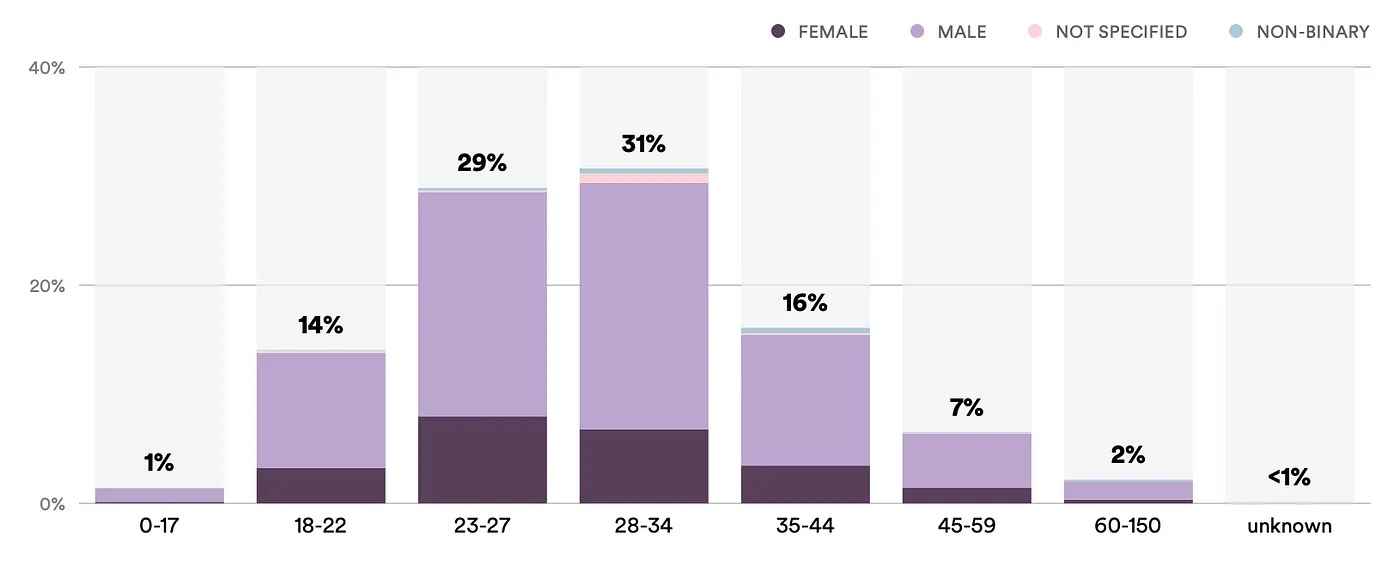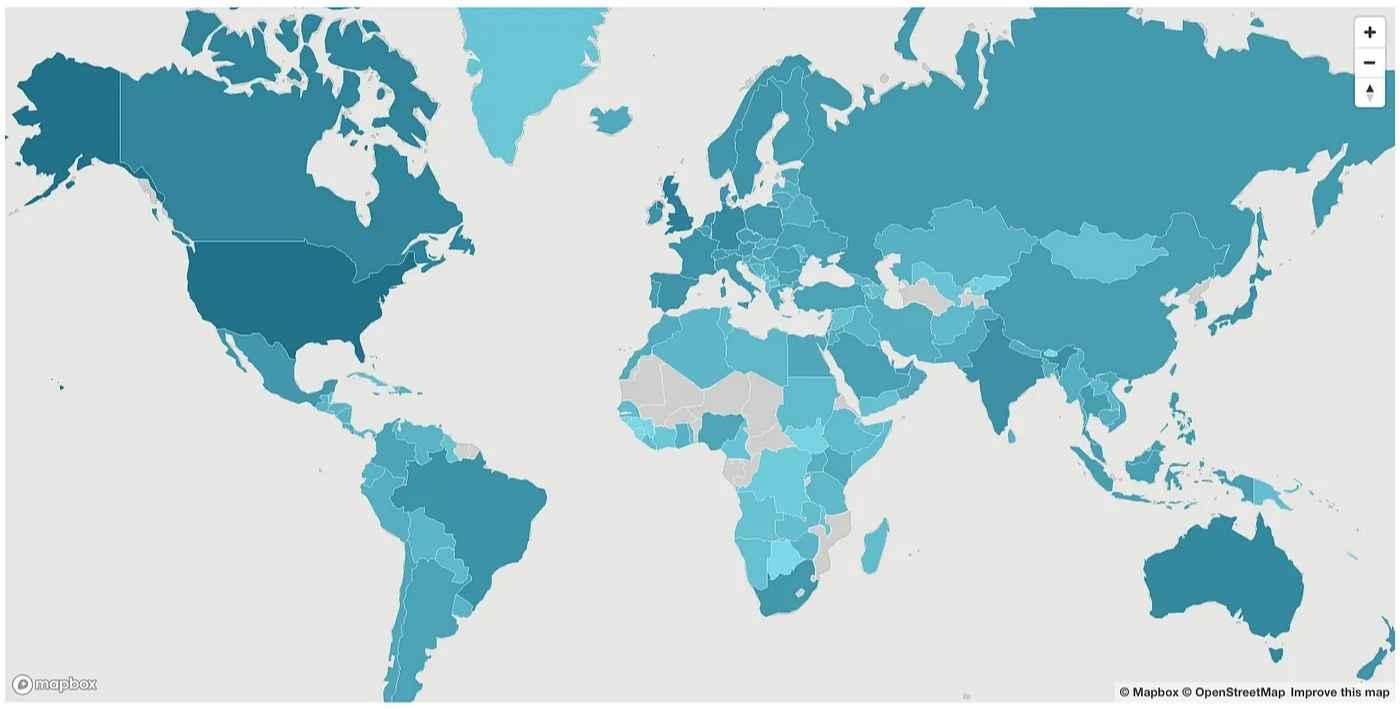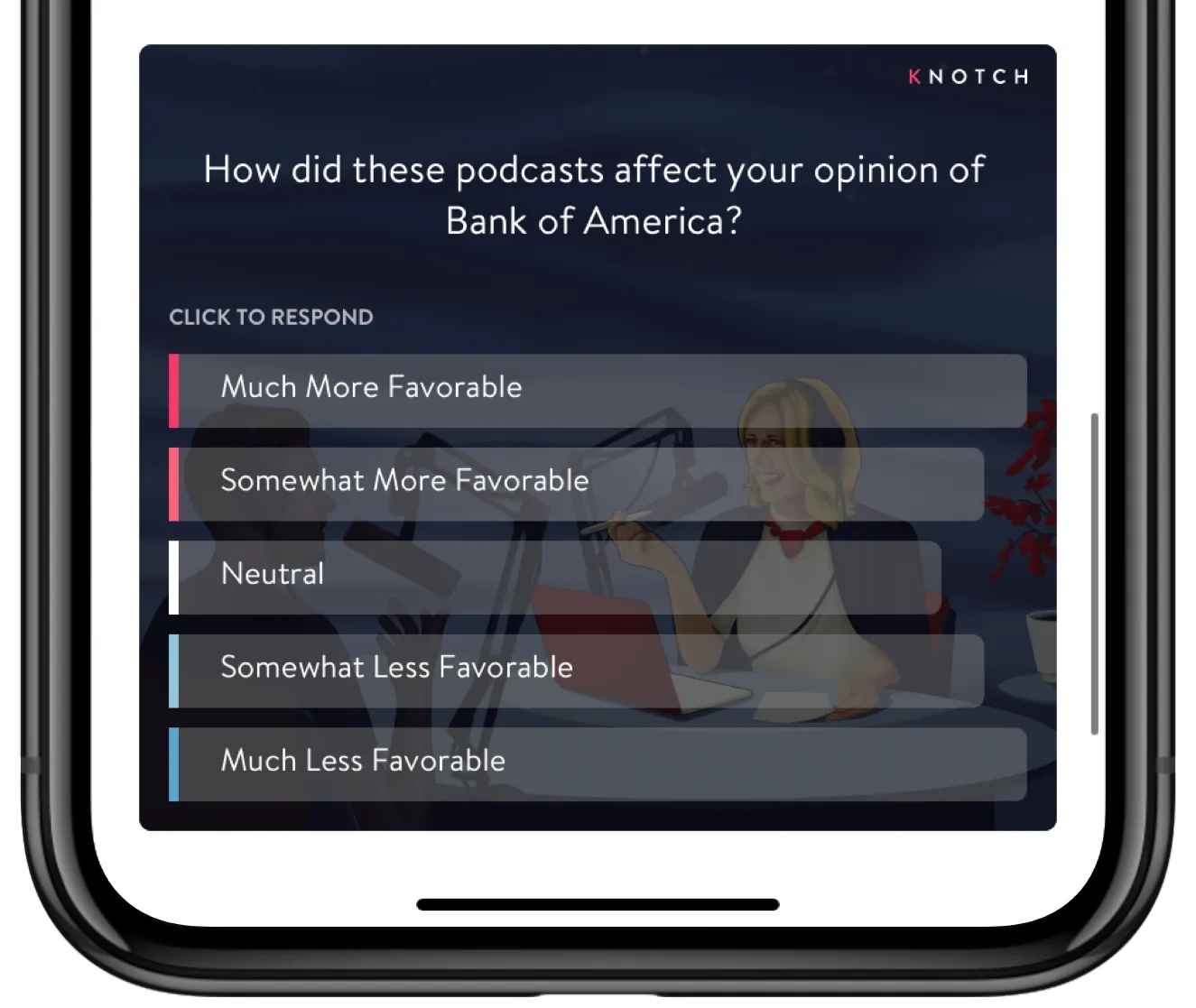Downloads aren’t the whole story

“How many downloads do we have?”
This is a common question. It’s a natural question.
But it shouldn’t be the only question you ask when measuring podcast success.
Yes, downloads are easy to understand. And thanks to industry adoption of the IAB 2.0 guidelines, downloads are one of the few apples-to-apples comparisons podcasters can use.
But downloads alone don’t tell the whole story. This is especially true for podcasts from brands. Brands care about things like awareness, perception, and favorability — and those are impossible to measure through downloads alone.
If you want a holistic view of your show’s success, there are many important questions to ask. For instance:
- Do listeners spend time with our show?
- Who are we reaching with our show?
- What’s the size of our reach?
- Do listeners like our show?
- Are our podcast marketing efforts actually working?
- Does our podcast change listeners’ awareness/perception of us?
☝️You can’t answer any of these questions with a download count alone.
So… what other metrics should we look at? Let’s dive in.
“Do listeners spend time with our show?”
Just because someone downloaded an episode, it doesn’t mean they actually listened. Here at Pacific Content, we’re huge champions of audience retention charts and average consumption stats:

Apple, Spotify, and Stitcher all offer publisher-facing dashboards that include audience retention charts, average completion rates, or both. And an increasing number of podcast hosting companies (like Simplecast and Megaphone) offer these stats for their own embedded players.
Audience retention and average consumption aren’t direct measures of editorial quality, but they’re useful proxies. And for brands, these metrics help answer the question, “How long are listeners voluntarily choosing to spend time with us, our ideas, and our brand voice?”
“What’s the size of our reach?”
A common mistake in podcast measurement is confusing downloads with “listeners.” (It doesn’t help that many podcast hosting providers mislabel downloads as “listens.”)
Your show may have a million downloads. That doesn’t mean you have a million listeners. Don’t use downloads as a direct measure of reach.
Instead, look for a measurement tool that de-dupes multiple downloads from the same device, over time:
- For years, Podtrac has offered a “unique monthly audience” figure for shows
- More recently, Simplecast unveiled its Unique Listeners metric to measure unique device fingerprints over time
- Podcast listening on Spotify is tied back to user accounts, which lets their service report on total reach via their “listeners” and “followers” metrics
Pay close attention to reach, and watch it over time. It’s how you know your show is growing.
“Who are we reaching with our show?”
Every podcast should have a target audience. A show for “everyone” is a show for nobody.
Demographic details about the audiences of specific shows are hard to come by, and Spotify is one of the few platforms that offers them. The Spotify for Podcasters dashboard can show you age and gender breakdowns at the network, show, and episode level:

Also, most podcast hosting companies offer some level of geographic information about downloads. If you want to know where your listeners are, your hosting provider can probably help.

If you need to know more about your audience… ask.
A listener survey can help you understand much more than demographics and geography. Want to know the types of jobs your listeners have? Household income? The size of their families? Whether they own pets, boats, or vacation homes? Ask.
Just remember that your survey respondents will likely be super-fans, and not necessarily representative of your entire listening audience.
“Do listeners like our show?”
Sentiment can be a tricky thing to measure, but it’s not impossible. There are several ways to gauge whether listeners enjoy your show or not. One indicator is time spent listening (see above) — podcast listeners tend not to stick around until the end of podcasts they don’t like.
Other sources for listener sentiment:
- Feedback through email and social media
- Ratings and reviews within podcast apps
- Verbatim responses in listener surveys
- In-person feedback at live events (conferences, meetups, live recordings)
Again, if you want to know what your listeners think about you and your show… ask.
“Are our podcast marketing efforts actually working?”
There’s a famous saying, attributed to John Wanamaker:
Half the money I spend on advertising is wasted; the trouble is I don’t know which half.
This used to be the case when it came to measuring paid dollars to promote a podcast. But that’s changing.
Tools like Chartable’s SmartLinks allow podcast publishers to promote individual episodes or entire series, and attribute downloads to specific campaigns (paid or organic). As Chartable’s Dave Zohrob told me earlier this year, SmartLinks are designed to eliminate the pain point of download attribution.
Here at Pacific Content, we watch our clients’ SmartLinks stats closely, with an eye to figuring out which channels and campaigns yield the most downloads. You can’t double-down on winners if you don’t know what the winners are.
Obviously, clickable/tappable podcast advertising is the easiest to attribute. Promo swaps, feed drops, and tune-in campaigns on other shows can be more difficult to measure.
If an agency or sales rep tries to sell you podcast advertising without a clear plan to measure its effectiveness… proceed with caution.
“Does our podcast change listeners’ perceptions of our company/brand/organization?”
I’ve seen some light-touch ways to measure a podcast’s impact on brand perception. For example, look at this Knotch-powered one-question survey at the bottom of the That Made All The Difference site:

I’ve also seen extremely robust research with strong methodologies.
Brand lift research is a science and an art, and Jeff Vidler from Audience Insights understands both sides. And he knows how to measure the aspects of podcasts that brands care about by asking the right questions of listeners:
Do they recall the brand that produced the podcast, both on an aided and unaided basis? To what extent did the podcast make you feel more favorable towards that brand, or not? We have benchmarks for all of these.
Consider investing in a brand lift study. Applying rigor and research to your podcast investment will tell you if your show is delivering against its true goals.
If your podcast is designed to achieve brand goals, why wouldn’t you measure its effectiveness?
Remember
- Downloads measure downloads. They don’t measure attention. Focus on time spent listening.
- Downloads ≠ listeners
- If you don’t know who’s listening… ask
- Measure sentiment where you can. Quantitative data may be scarce, but survey verbatims and written reviews can speak volumes.
- A brand lift study can yield insights that download metrics can’t
It’s not difficult to get beyond “how many downloads do we have?” But it does take work.
How do you measure podcast success?
Sign up for the Pacific Content Newsletter: audio strategy, analysis, and insight in your inbox. Once a week.
